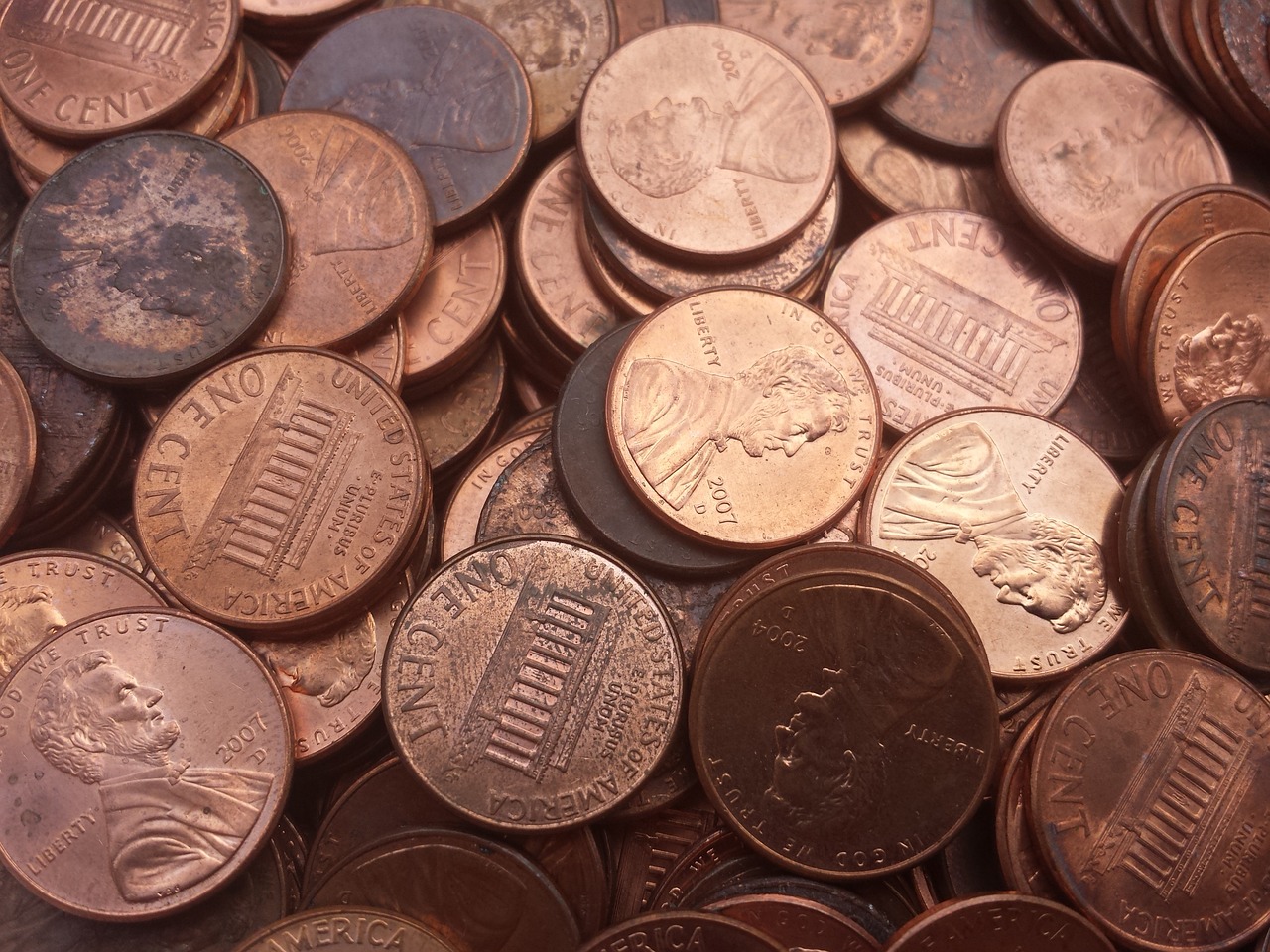Sending Money to the Philippines: What You Need to Know About Timing, Options, and Restrictions
GPT_Global - 2024-01-16 21:30:09.0 671
How long does it typically take for money to arrive in the Philippines?
Remittance is an essential aspect of the global economy, allowing people to send and receive money across borders. For many individuals, it serves as a lifeline for supporting their families and loved ones in other countries. When it comes to remittance to the Philippines, the question on everyone's mind is, "How long does it typically take for money to arrive?"
The time it takes for money to reach the Philippines depends on various factors, such as the remittance service provider, mode of transfer, and processing times. Typically, it can range from a few minutes to several days. If you are using an online money transfer service, the funds can be available within minutes. However, if you opt for a bank transfer or cash pickup, it may take 1-3 business days.
One crucial factor that affects the duration is the location of the sender and receiver. For instance, if you are sending money from the US or Europe, it may take longer compared to transfers from neighboring Asian countries due to the different time zones and international banking protocols.
Another consideration is the time of the year. During peak periods, such as holidays and festivals, processing times may be delayed due to higher volumes of transactions. It is best to plan your remittances in advance to avoid any delays during these times.
To ensure faster and hassle-free transfers, make sure to provide accurate information, including the correct recipient's name, account details, and contact number. Any errors or missing details can cause significant delays and additional fees.
In conclusion, the duration for remittances to the Philippines varies depending on several factors. It is best to choose a reliable and reputable remittance service provider to ensure timely and secure transactions. With careful planning and accurate information, you can expect your money to reach its destination in no time.

Can I send money to the Philippines from any country?
Sending money to the Philippines has never been easier. Thanks to advancements in technology, remittance businesses have made it possible to send money from any country straight to your loved ones in the Philippines. This has greatly benefited overseas Filipinos who want to support their families back home.
Remittance services work by allowing customers to transfer funds to a specific location in the Philippines, where their recipient can pick up the money in cash. These services are available in various countries worldwide, making it convenient for Filipinos living, working, or traveling abroad.
To send money to the Philippines, you can either visit a brick-and-mortar remittance center or use an online platform. Most remittance companies have partnerships with banks and financial institutions in the Philippines, making it easy to access the funds once they arrive. Some popular remittance services include Western Union, MoneyGram, Xoom, and WorldRemit.
Aside from traditional remittance methods, there are also digital options available that offer competitive rates and faster processing times. With these services, you can transfer money directly to a bank account in the Philippines, cutting out the need for your recipient to physically pick up the cash.
When sending money to the Philippines, it's important to take into consideration the exchange rate and fees. Different remittance companies may have varying rates and charges, so it's best to compare and choose the most cost-effective option. Some companies even offer promotional rates and discounts for first-time and frequent users.
Overall, remittance businesses have made it possible to send money to the Philippines from any country in a quick and secure manner. Whether you're supporting your family or investing in businesses back home, these services provide a reliable way to transfer funds. Just make sure to research and compare your options to get the best deal.
Are there secure online options for sending money to the Philippines?
Sending money to the Philippines has never been easier and more secure with the rise of online remittance services. These platforms offer a convenient and fast way to transfer funds to your loved ones back home, without the need to physically go to a bank or remittance center. With just a few clicks of a button, you can now send money to the Philippines in a safe and secure manner.
One of the most popular online remittance options for sending money to the Philippines is through digital wallet providers such as PayPal, Payoneer, and Skrill. These platforms allow you to link your bank account or credit card and transfer funds directly to your recipient's account. They also offer competitive exchange rates and low transaction fees, making it a cost-effective option for remittances.
Another secure online option for sending money to the Philippines is through international money transfer services like Remitly, WorldRemit, and Xoom. These platforms specialize in cross-border transactions and provide various delivery methods such as bank deposit, cash pickup, and home delivery. They also have high levels of security, with encryption technology and strict identity verification processes to protect your personal and financial information.
If you prefer traditional methods of remittance, major banks also have their own online remittance services. Banks like BDO, Metrobank, and BPI have online banking facilities that allow you to transfer funds to their partner banks in the Philippines. This option may take a bit longer compared to digital wallet providers and international money transfer services, but it still offers a secure way of sending money to your loved ones.
In conclusion, there are several secure online options for sending money to the Philippines. Whether you choose digital wallet providers, international money transfer services, or traditional bank remittance, all of these options ensure the safety and security of your funds and personal information. With the convenience that online remittance offers, you can now send money to your loved ones in the Philippines anytime and anywhere with peace of mind.
What documents do I need to send money to the Philippines?
In order to send money from one country to another, there are certain documents that will be required. This is an important step in the remittance process, as it ensures that the transaction is legal and secure. When sending money to the Philippines, here are the documents you will need:
- A valid form of ID: This could be a government-issued ID, such as a passport or driver's license. It is important to provide a copy of your ID when sending money, as it helps verify your identity and protects against fraud.
- Proof of income: Some remittance companies may require proof of your income, such as a recent pay stub or bank statement. This is to ensure that the funds being sent are legitimate and not obtained through illegal means.
- Transaction form: This is a form provided by the remittance company that you will need to fill out with your personal information and details about the recipient of the funds.
- Recipient's information: You will also need to provide the recipient's name, address, and contact information, as well as their bank account details if sending money directly to their account.
- Transaction fee: Most remittance companies charge a fee for their services, so be prepared to pay this fee when sending money to the Philippines.
With these documents in hand, you can successfully complete a remittance transaction and send money to the Philippines. It is important to carefully follow the instructions of the remittance company and provide all necessary documents to ensure a smooth and secure transfer of funds.
Remember to keep copies of all the documents for your records. This can come in handy in case of any issues or discrepancies in the future. By providing the required documents, you can rest assured that your money will reach its intended destination safely and efficiently.
So whether you are supporting loved ones back home or conducting business in the Philippines, make sure to have all the necessary documents ready when sending money. This will not only make the process easier but also give you peace of mind knowing that your transaction is legal and secure.
Are there restrictions on what types of currency can be sent to the Philippines?
In the Philippines, there are certain restrictions on what types of currency can be sent as remittance. The Bangko Sentral ng Pilipinas (BSP), the central bank of the Philippines, regulates the inflow and outflow of foreign currency in the country. This means that any type of currency being sent as remittance must follow certain rules and regulations set by the BSP.
Firstly, only foreign currencies that are considered legal tender in the Philippines can be accepted as remittance. These include US dollars, euros, Japanese yen, British pounds, and other major currencies. The recipient can choose to receive the currency in either cash or through direct deposit into their bank account.
Secondly, there are limits on the amount of foreign currency that can be brought into the country without prior authorization from the BSP. For individuals, the limit is $10,000 or its equivalent in other currencies. Any amount exceeding this limit will require the necessary documents and approval from the BSP.
Thirdly, there are also restrictions on certain types of transactions involving foreign currency. For example, foreign currency transactions for the purpose of trade and investments must be registered with the BSP. Additionally, only authorized agents or banks can facilitate foreign currency remittances in the country. This is to ensure the safety and security of the funds being sent.
Lastly, it is important to note that remittance service providers in the Philippines are required to comply with anti-money laundering and counter-terrorism financing laws. This means that they may ask for additional information and documents from the sender to verify the legitimacy of the transaction. This is to prevent illegal activities such as money laundering and terrorist financing.
In conclusion, while there are restrictions on what types of currency can be sent as remittance to the Philippines, these regulations are in place to protect the country's economy and the individuals involved in the transaction. It is important to follow these rules and regulations to ensure a smooth and secure remittance process.
About Panda Remit
Panda Remit is committed to providing global users with more convenient, safe, reliable, and affordable online cross-border remittance services。
International remittance services from more than 30 countries/regions around the world are now available: including Japan, Hong Kong, Europe, the United States, Australia, and other markets, and are recognized and trusted by millions of users around the world.
Visit Panda Remit Official Website or Download PandaRemit App, to learn more about remittance info.



